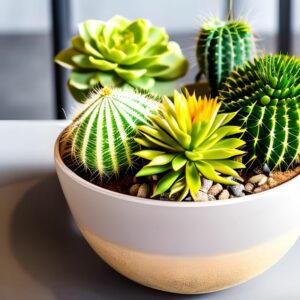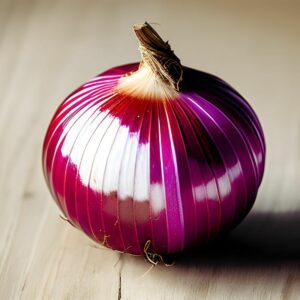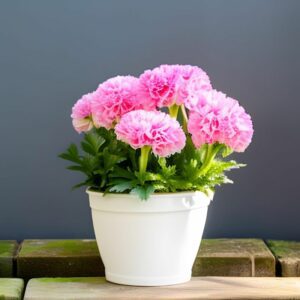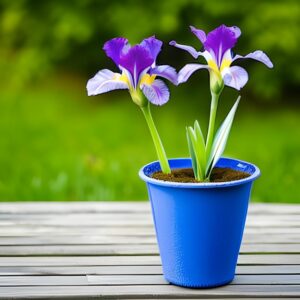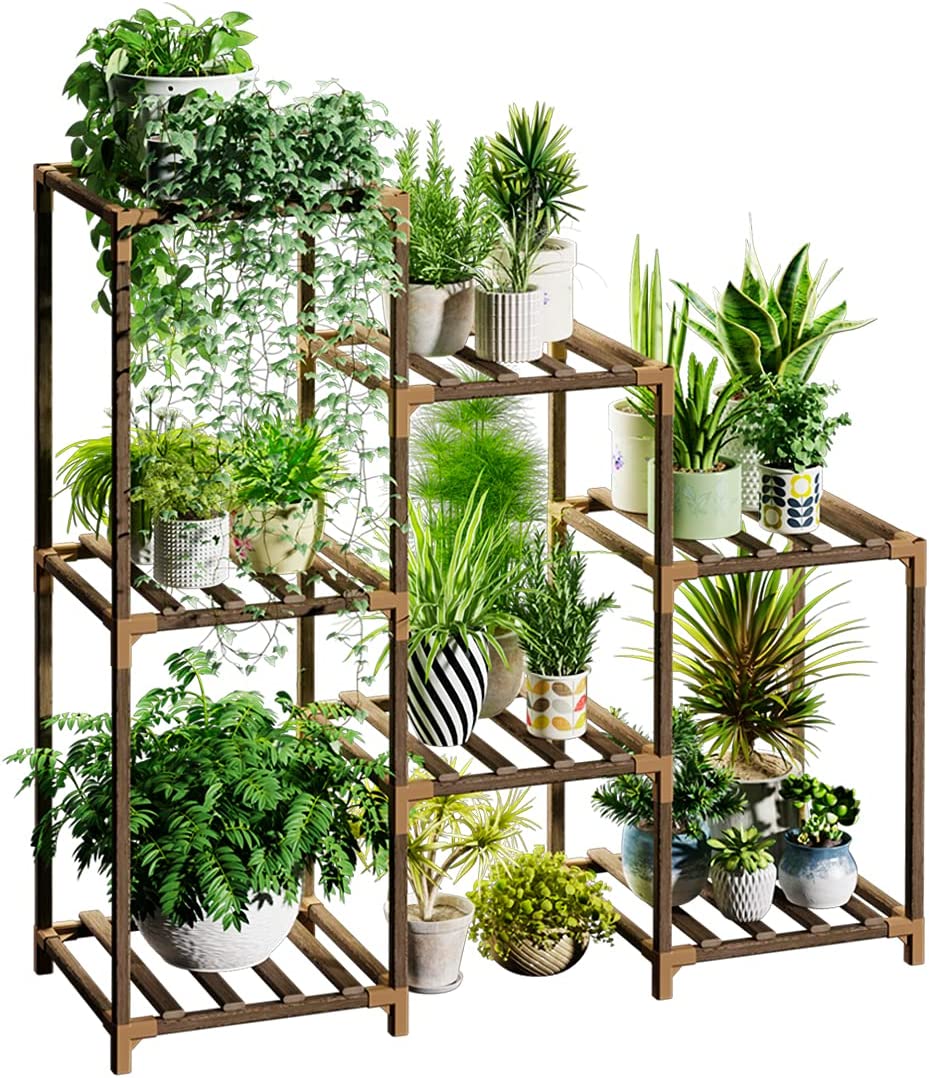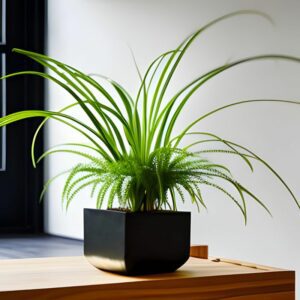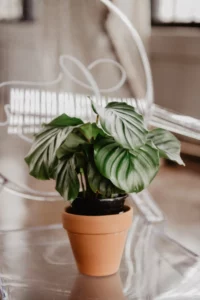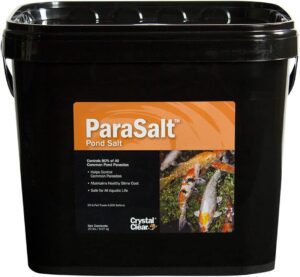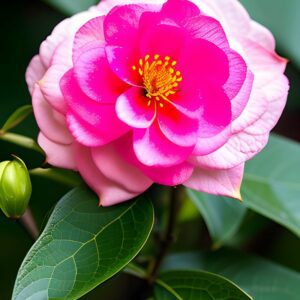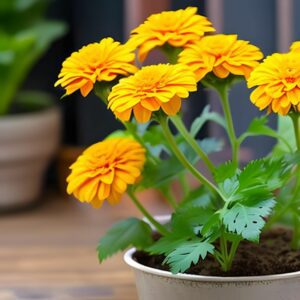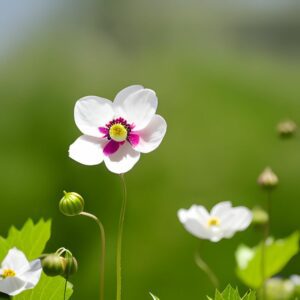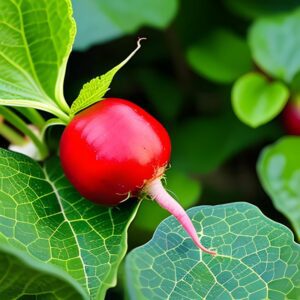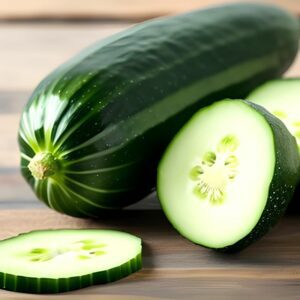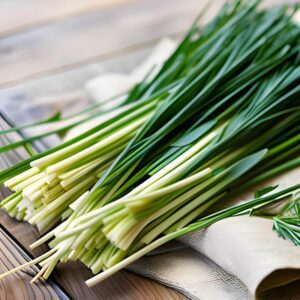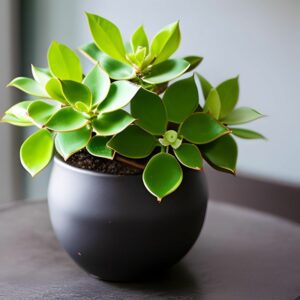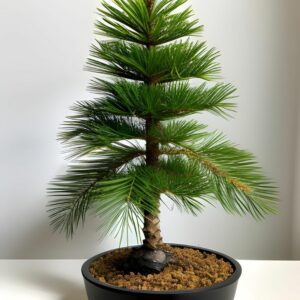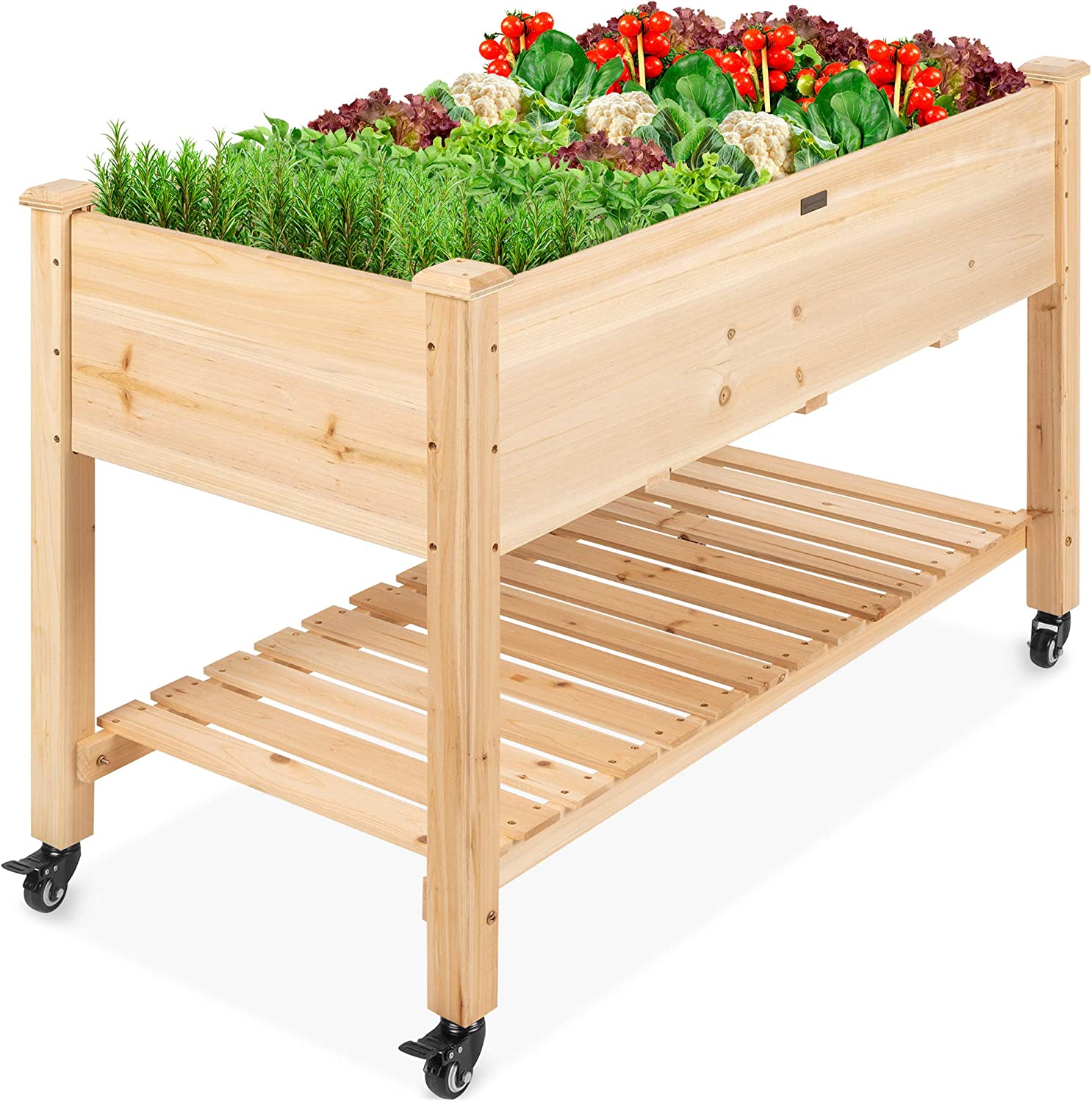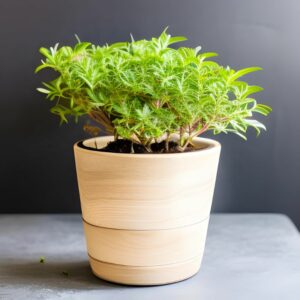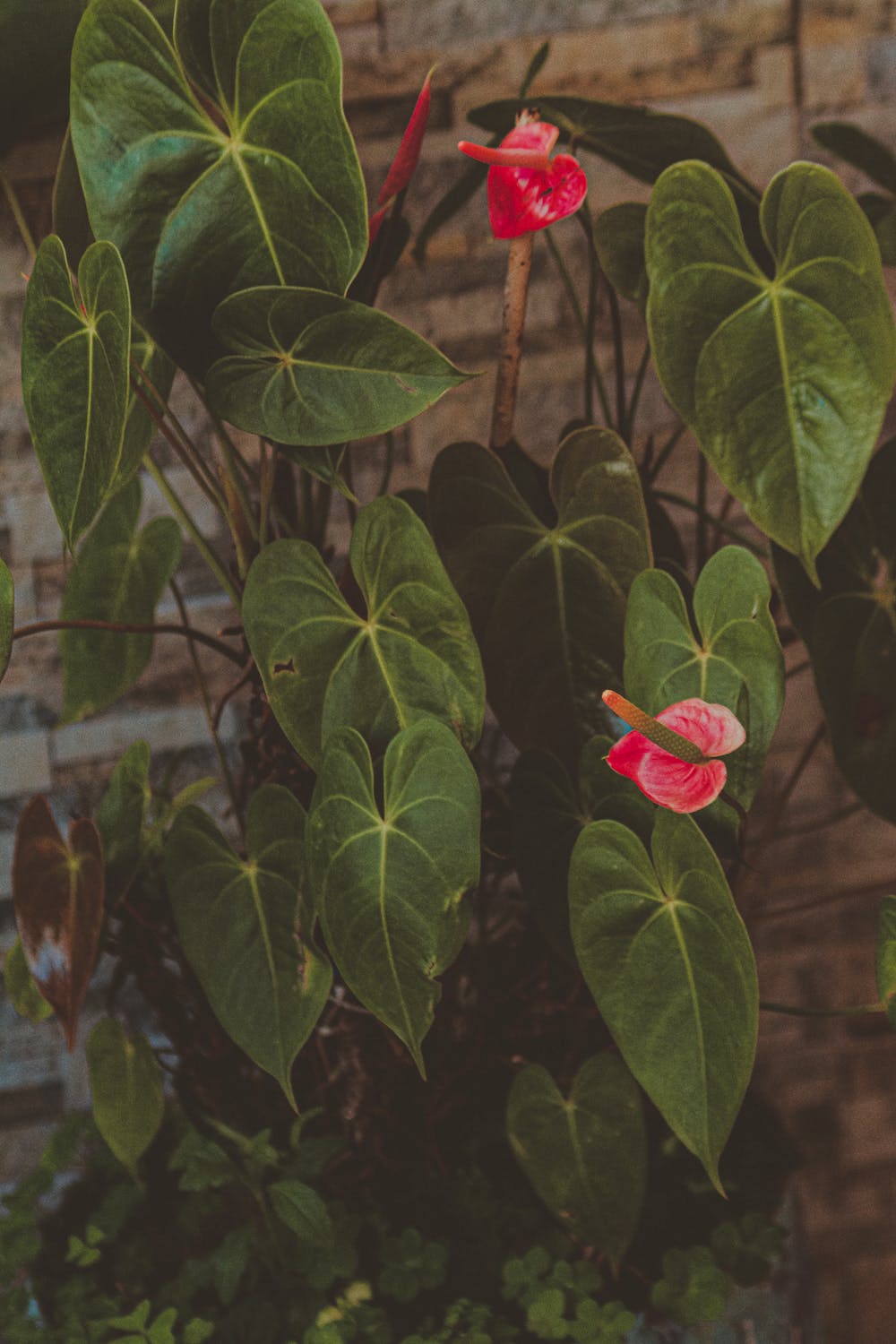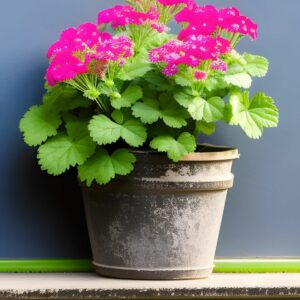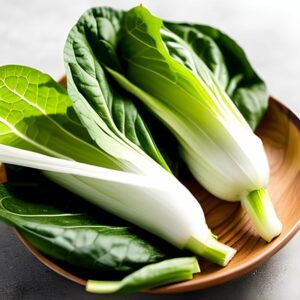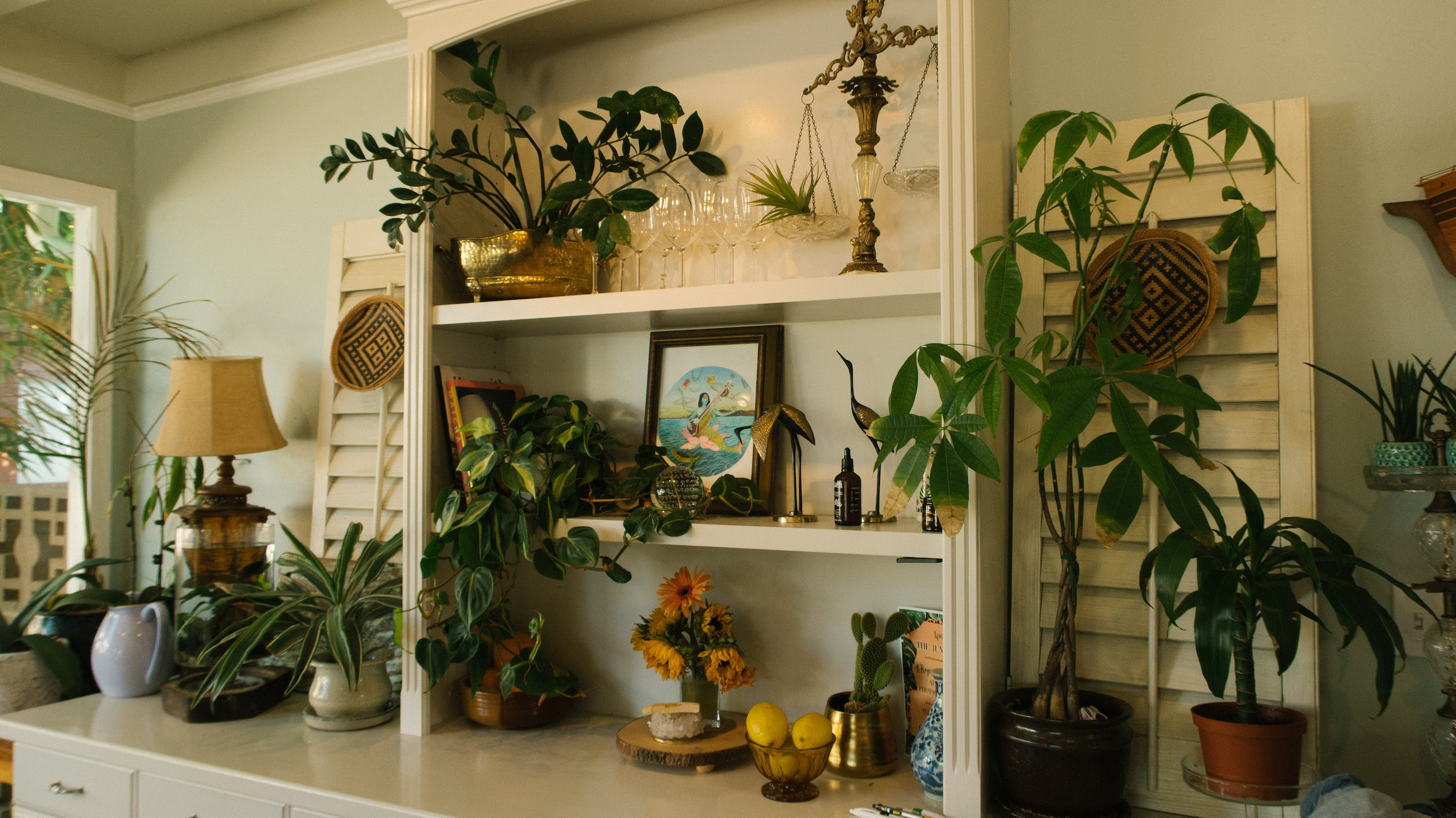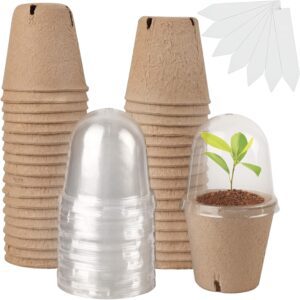Tulip
Flowers
- Asia, Europe, & Africa
- Easy
- 1-2 Years
Introduction
Tulips are stunning and vibrant flowers that are widely loved for their beauty and variety of colors. Native to parts of Asia, Europe, and Africa, tulips have become one of the most popular spring flowers. Growing your own tulips allows you to enjoy the splendor of these blooms in your garden and add a touch of elegance to your outdoor space or floral arrangements.
Plant Characteristics
Tulips are perennial herbaceous plants that sprout from bulbs. They have long, slender leaves that grow from the base and tall stems that support the flowers. Tulip flowers come in a wide range of colors, including red, pink, yellow, white, purple, and multicolored varieties. The blooms can be single or double, with various petal shapes and sizes.
Ideal Growing Conditions
Tulips thrive in areas with cold winters and cool springs. They prefer full sun to partial shade and well-draining soil. Tulips require a period of winter dormancy to initiate flower bud formation, so they are well-suited for temperate or colder climates. If you live in a warmer region, you can still grow tulips by pre-chilling the bulbs in the refrigerator before planting.
Planting Guide
Plant tulip bulbs in the fall, preferably 4-6 weeks before the ground freezes. Choose a location with well-draining soil and sufficient sunlight. Dig a hole that is 2-3 times deeper than the height of the bulb. Place the bulb in the hole with the pointed end facing up. Cover the bulb with soil and firm it gently to eliminate air pockets. Space the bulbs according to the recommended spacing for the particular variety. Water the bulbs thoroughly after planting to settle the soil.
Watering and Fertilizing
Tulips require regular watering during their growing season. Water the plants deeply once a week, providing enough moisture to reach the root zone. Avoid overwatering, as it can lead to bulb rot. Fertilize the tulips in early spring when new growth appears using a balanced bulb fertilizer, following the package instructions.
Pruning and Maintenance
Tulips do not require pruning, but removing spent flowers, or deadheading, can help maintain the plant’s appearance and prevent seed formation. Allow the foliage to yellow and wither naturally after blooming, as this allows the bulb to store energy for the next season’s growth. Avoid cutting back the foliage prematurely.
Harvesting or Flowering
Tulips typically bloom in spring, offering a burst of color and beauty to your garden. The exact flowering period depends on the variety and local climate conditions. Different tulip varieties have different bloom times, ranging from early to late spring. By selecting a variety with early, mid, and late bloom times, you can enjoy tulips throughout the spring season.
Post-Harvest Care
After the tulip flowers have faded, allow the foliage to continue growing until it turns yellow and withers completely. This process allows the bulb to store energy for the next season. Refrain from cutting or removing the foliage prematurely. However, you can gently remove any unsightly or diseased leaves. Consider planting companion plants that can help conceal the declining foliage.
Troubleshooting
Tulips are generally resistant to pests and diseases. However, bulb rot or fungal diseases can occur in wet or poorly drained soil. To prevent these issues, ensure proper soil drainage and avoid overwatering. Aphids and slugs can occasionally be a problem. Regularly inspect the plants for any signs of pests or diseases and take appropriate measures if necessary. Applying organic insecticides or using natural pest control methods can help protect your tulips.
Fun Facts
Tulips have a rich history and cultural significance. They are associated with love, elegance, and springtime. Tulips were first cultivated in the Ottoman Empire and became popular in Europe during the 17th century, leading to the “tulip mania” period. Today, tulips are widely cultivated and admired for their diverse colors and forms. They can be used in floral arrangements, garden borders, or even as potted plants.






